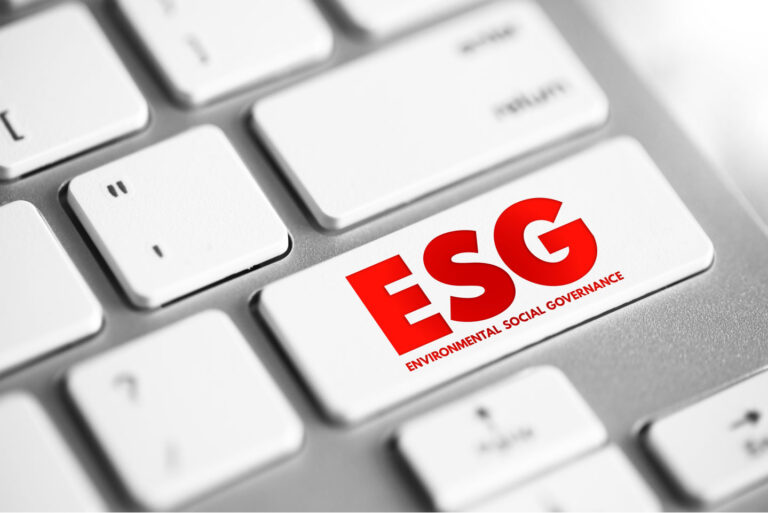Zig, The Global Funtech, an international reference in solutions for the live entertainment market, has just released an unprecedented report with data that reveals the ongoing transformations in the sector. The analysis, based on proprietary information collected between 2023 and 2025, covers a universe of approximately 9,900 events and more than 412 million recorded transactions, offering an accurate and strategic photograph of the behavior of the public and the new directions of the market.
Among the main highlights is the advancement of Generation Z, which already represents 36% of consumers in live events. This highly connected and demanding group has driven profound changes in consumer dynamics and expectations regarding the experience of the public.They are consumers who value digital convenience, conscious choices and personalized experiences, requiring more creative and authentic responses from brands and organizers. The growing presence of this generation already has a direct impact on sectors such as beverages and the way events are structured.
The data analyzed reflects the real behavior of users within the Zig platform, and not projections based on research of intention. According to David Pires, CIO of the company, the methodology ensures a more faithful reading of the market transformations, since the data is captured in real time in Zig's management and payment operations in events spread throughout Brazil. This approach allows insights with a high degree of applicability, fundamental for companies seeking innovation and efficiency in a highly competitive sector.
The report also points to a significant movement in 2024, which leads in volume of events with more than 4,400 performed, exceeding the 3,380 mapped in 2023. In 2025, despite the data still being consolidated, more than 2,100 events have been recorded so far. Transactional evolution follows this growth: there were 192 million transactions in 2024, against 134 million in 2023. By mid-2025, more than 85 million transactions had already been recorded, signaling that the pace of consumption had been heated.
Another relevant fact is the consolidation of smaller events, which today represent 65% of the total analyzed. This structural change reflects the diversification of the sector, which now incorporates more agile and personalized formats, such as artist tours, sports experiences and hybrid events. On the other hand, large festivals and mega-events account for only 15% of the total volume. The trend points to a more decentralized, dynamic and sensitive market to regional particularities.
The Southeast still leads with slack, with about 6,700 events held in the period, equivalent to more than two-thirds of the national total. However, other regions have been gaining traction.The Northeast appears with 1,670 events, followed by the Midwest (744), North (441) and South (368). These data indicate a consistent expansion of the industry beyond the major centers, expanding access to culture and entertainment and opening new business fronts for producers and brands.
The report also offers a detailed view of payment methods, consumption habits and profile of participants, acting as a strategic guide for decision making in an industry that constantly reinvents itself.The data reveal an audience eager for unique experiences, which values practicality, cultural connection and digital interactions, factors that have been redefining what is expected of a live event in 2025.











